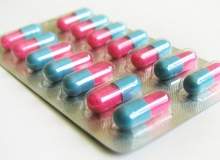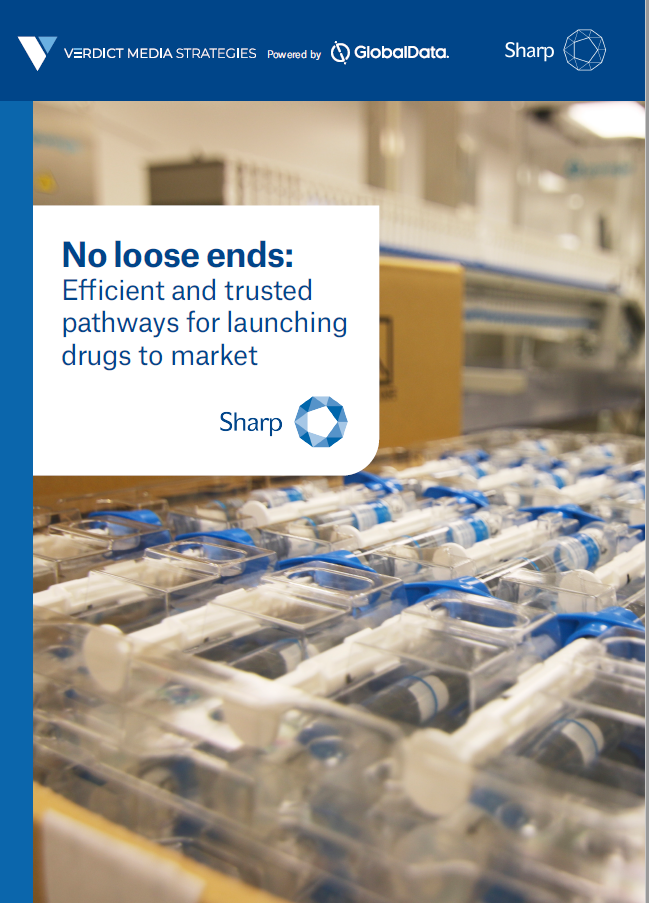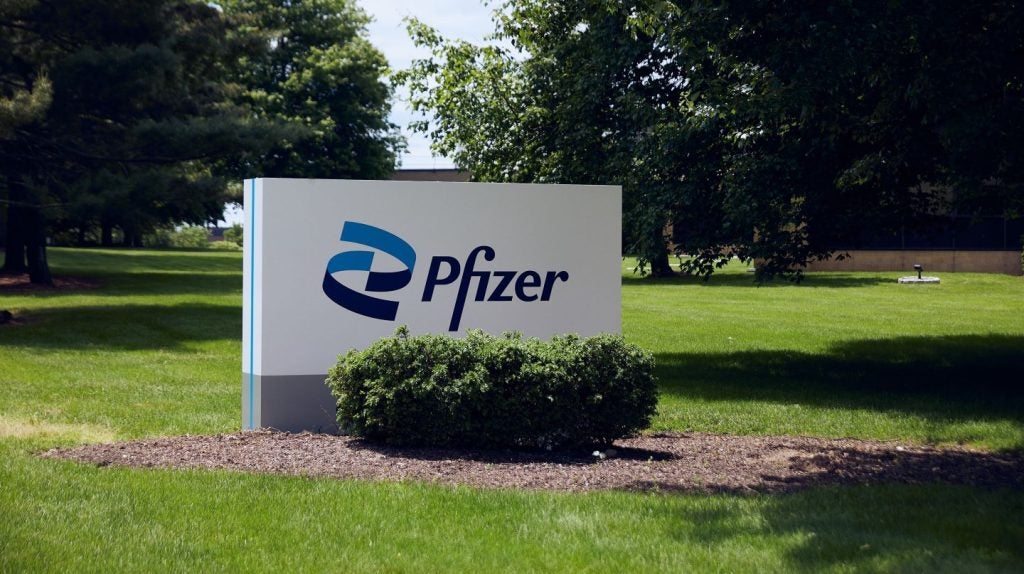
The pharmaceutical packaging market is growing fast. Climbing at a compound annual growth rate (CAGR) of around 6.5% a year worldwide, it is seeing particularly swift development in the BRICS countries and the Asia Pacific region. By 2020, the worldwide market is expected to top $80bn.
On one hand, this trend is related to the growth of the pharma industry overall. As healthcare systems contend with ageing populations and an increasing prevalence of chronic diseases, there is ever more need for pharmaceuticals and for the packaging solutions to go with them.
How well do you really know your competitors?
Access the most comprehensive Company Profiles on the market, powered by GlobalData. Save hours of research. Gain competitive edge.

Thank you!
Your download email will arrive shortly
Not ready to buy yet? Download a free sample
We are confident about the unique quality of our Company Profiles. However, we want you to make the most beneficial decision for your business, so we offer a free sample that you can download by submitting the below form
By GlobalDataOn the other hand, the pharma packaging sector is undergoing changes in its own right. As consumer needs evolve, cost pressures mount and safety regulations become more stringent, manufacturers are being forced to find new and creative answers to some pressing problems. Here are some of the most important factors that will shape pharmaceutical packaging in the years to come.
Child resistance vs senior friendliness
The need for child-resistant packaging goes without saying. Particularly given the potency of today’s pharmaceuticals, it is critical that children cannot access the contents – and this is ever more the case as new regulations come into force. On 1 June 2015, new amendments to the Classification, Labeling and Packaging of Chemical Substances (CLP) regulations were imposed across Europe, meaning an increasing number of products will need to be packaged in child-resistant containers.
Unfortunately, the need for child resistance may clash with another pressing requirement: user friendliness. As the proportion of older people increases, a growing number of patients may suffer from arthritis and other mobility problems and need to be able to access their medication with ease. How can packaging companies resolve this seeming paradox, creating a package that children cannot open but older adults can?
Sofrigam chose the coldest day of the year to open its doors to members of the press, an irony that was not lost on visitors or staff alike.
The answer largely lies in designing packaging with a very specific opening mechanism that relies less on being highly dexterous and more on knowing what to do. MedLock EZT, for instance, which was launched by Colbert Packaging in November 2014, uses an integrated, patent-pending locking mechanism which scores well both on senior friendliness and child resistance. It involves squeezing and holding touchpoints at one end of the shell, while sliding the blister card out through the other.
Similarly, Locked4Kids, which was launched by Ecobliss in October 2014, is billed as being “difficult for children, easy for adults”. This award-winning child-resistant carton box, specifically designed for packing drugs, has push points arranged diagonally on both sides, which, when pressed together, unlock the package. The distance between the points, however, is too great for children’s hands to physically cover.
It is evident that child-resistant packaging has come a long way since the old days of hard-to-open bottles. These had the upside of being difficult for children, but the downside of foxing some adults too.
Anti-counterfeiting and supply chain security
Drug counterfeiting is a major problem across the world, particularly in developing countries, and a spate of new track-and-trace regulations have been introduced to improve supply chain security. There’s a natural trend, therefore, towards clever labelling solutions and tamper-resistant packaging.
For instance, certain manufacturers are using chemical tracers such as Tracetag’s ValiMark, which can be mixed with many ink systems and guarantee optimum traceability. Others are using holographic foils for brand authentication, tamper-evident stickers to protect against interference, or radio frequency identification (RFID) tags to simplify inventory control and make packaged products more traceable.
In August 2014, researchers in the US state of Michigan and South Korea used a sophisticated manufacturing process to create ‘invisible images’ on a thin film. These images are only revealed when the film is blasted with humid air. Perhaps one day soon, patients will be able to verify the authenticity of their drugs using just a few deep breaths.
Temperature-controlled technologies
These days, the drug supply chain is global in nature and a product may need to be transported many miles across many different climate zones. Because the slightest temperature excursion may irreversibly damage the contents, it is imperative that the secondary or tertiary packaging is capable of promoting temperature stability.
Some logistics providers include dry ice or gel packs, but others rely upon special packaging solutions, such as expanded polystyrene boxes, biologically degradable Biofoam or temperature-controlled packaging. The latter is a strong semi-rigid liner with excellent insulation properties and good physical protection against impact.
Promoting patient compliance
Poor patient compliance – including the failure of patients to take their medications in the prescribed way at the prescribed times – can dramatically reduce the efficacy of treatment courses, at great cost to public health and healthcare systems. In the case of antibiotics, it can even contribute to the growing problem of antibiotic resistance.
For this reason, a number of companies have developed smart packaging solutions, designed to remind people to take the drug as specified. For instance, certain packaging includes a microchip with an audio alarm. Others, such as Rondo Pak’s multimedia carton, will even talk to patients. This high-tech package, launched last year, incorporates a thin, lightweight HD screen and can be used across a variety of applications.
This said, poor compliance doesn’t just come down to forgetfulness. In some instances there may be confusion surrounding dosage levels, or difficulty associated with administering the right amount. In these cases, unit dose packaging can prove highly effective, with auto-injectors (based on single dose vials) enjoying a particular moment in the spotlight.
For instance, Pro-Ject by Aptar Pharma (launched in 2013) is a high-performance, disposable auto-injector designed with patient convenience and compliance in mind. Its notable features include push-on-skin activation (rendering it suitable for arthritic patients who cannot use their thumbs to push a button), a hidden needle, a highly visible indicator window and audible clicks at the beginning and end of the injection process. This is just one in a new wave of ergonomically designed drug delivery devices based around ‘human factor’ principles.
The future is bright for pharmaceutical packaging. With the newer solutions geared around safety, security and ease of use, this often-overlooked aspect of the pharmaceutical sector is critical to the efficacy of the pharmaceuticals themselves. We can expect to see many more innovative solutions hit the market in the years ahead.








